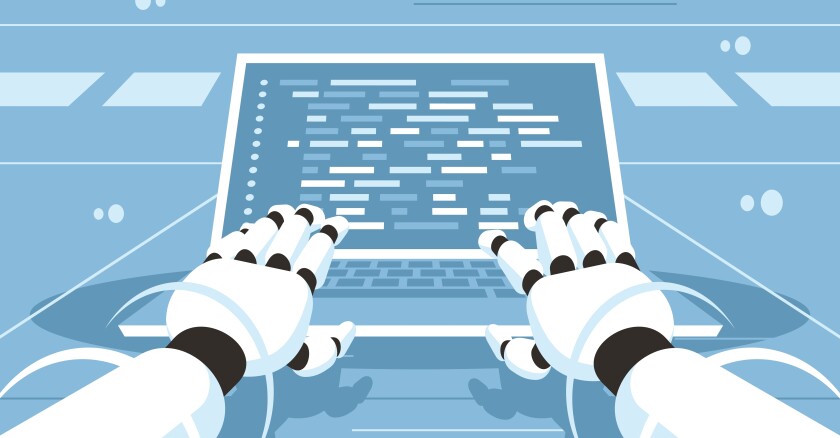Primarily written by special educators, IEPs set academic and behavioral goals for each student and describe what specially designed instruction will be used to reach those goals, based on meetings with the student’s IEP team. The final document can be up to 50 pages long, according to Andrea Harkins-Brown, program director for disability policy and systems change at the Center for Technology in Education at Johns Hopkins University.
“There’s a lot of nuts and bolts here,” she said. “If AI can help me with the procedural compliance, which is the nuts and bolts, then team members hypothetically have more time for what we call substantive compliance, which is making sure the document is a true reflection of what the child needs.”
Harkins-Brown added that there are already AI tools that can help improve the content of IEPs, because they can find new ideas for student goals and instructional approaches that the educator might not know about or have otherwise considered.
One preliminary study published last year in the Journal of Autism and Developmental Disorders found that special education teachers who were taught to use ChatGPT to write IEP goals for preschool students with autism wrote better goals than those who did not use the AI tool. On a scale from zero to 10, using a standard IEP rating instrument, the quality of IEP goals written by 15 teachers who used ChatGPT ranged from 9.1 to 10, whereas those written by 15 teachers in a control group received quality scores that varied from 5.5 to 9.2.
Harkins-Brown said she and her team will replicate the study this year to find out whether the results can be generalized to special educators of elementary school students with learning disabilities. She said she also hopes to work with special educators in 2025 to design an AI tool specifically for IEPs, though it would need testing to make sure it actually saves time, writes better IEPs and is legally compliant.
With a quick Google search, one can already find AI tools to draft meeting agendas, summarize IEP meeting notes, comb the Internet for research and ideas, draft sections of the document and track student progress. But Harkins-Brown stressed that all AI outputs must be carefully reviewed with a critical eye, and educators who use open AI systems cannot include any personally identifiable information.
“I think what folks need is some sense of how to be good consumers of these tools,” she said. “How do I write a prompt in a way that’s safe, and how do I check its output?”
Further into the future, Harkins-Brown said she would love to see an AI tool that could write IEPs in plain language families can understand, as well as a closed AI system that could analyze IEP progress reports to help teachers determine what works best.
“Something has to change with the way we’re writing IEPs on the whole,” she said. “There’s not a lot of indication that special education is reducing the achievement gap for children with disabilities.”
THE PAPERWORK BURDEN
Part of the problem for special education is a lack of experienced teachers and fully staffed teams. About 70 percent of public schools reported special education teacher vacancies in the 2023-24 school year, according to NCES. A January 2023 report from the nonprofit Teach Plus found that former special educators in Illinois cited the burden of IEP paperwork as one of the main reasons they left the field.
“We’ve got a national crisis of vacancies of special education teachers,” Harkins-Brown said. “We have people not wanting to enter the field, and we have people who are already in it going, ‘Gosh, this is a lot of paperwork, and I just wanted to teach.’”
In a vicious cycle, with so many schools short on special educators, the paperwork is even heavier for those who remain. Requiring them to write scores of IEPs may not only lead to burnout and turnover, but it can also lower IEP quality, according to Stacy Hawthorne, chair-elect of the nonprofit Consortium for School Networking, a former teacher and the mother of a son who had an IEP.
Hawthorne said many special educators reuse pieces of IEPs because they have large caseloads and little time, which leads to less substantive compliance — the part of IEP development that focuses on individual student needs.
“One year, my son’s IEP came to me with his name and another young man’s name in it multiple times throughout, used as though it was interchangeable,” Hawthorne said. “Because the teacher had over 35 kids she was writing IEPs for, it was copy and paste, copy and paste.”
As long as they respect student data privacy, she said, the potential of AI tools to reduce IEP paperwork and expand ideas for student goals and instruction could result in plans that are more personalized and effective.










